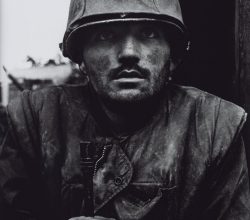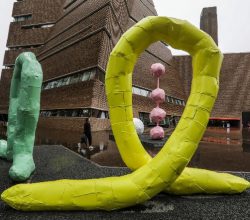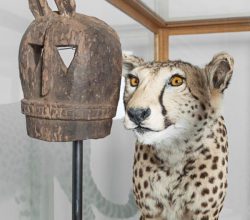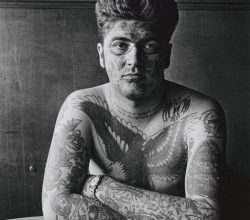
Don McCullin talks war and peace
Colin Jacobson | British Journal of Photography | 5th February 2019
Few exhibitions get called ‘magnificent’. McCullin modestly doesn’t think himself an artist, even though Henri Cartier-Bresson likened his work to Goya. The curator has no doubt. “[McCullin] was always doing things that you wouldn’t consider photojournalism. If you take the most historic notion of genres in art, [portraiture, landscapes] he was always engaged in that”. A good video (4 min) is here.



